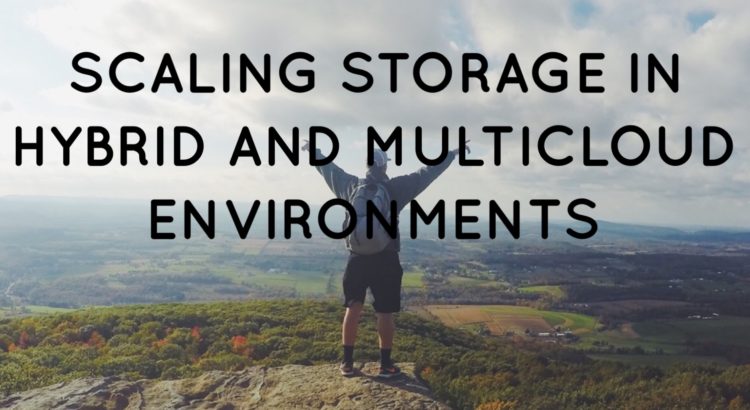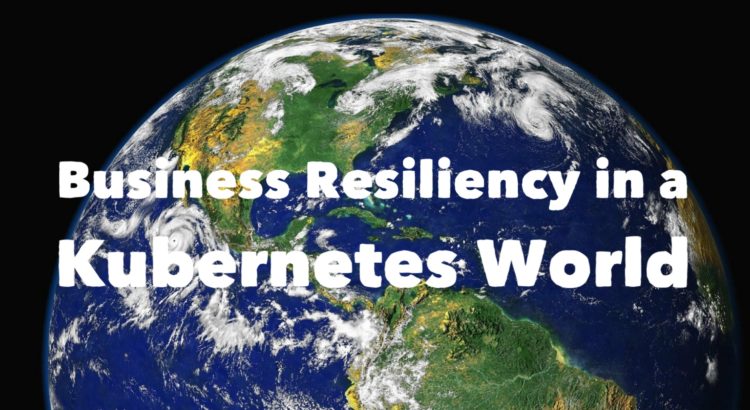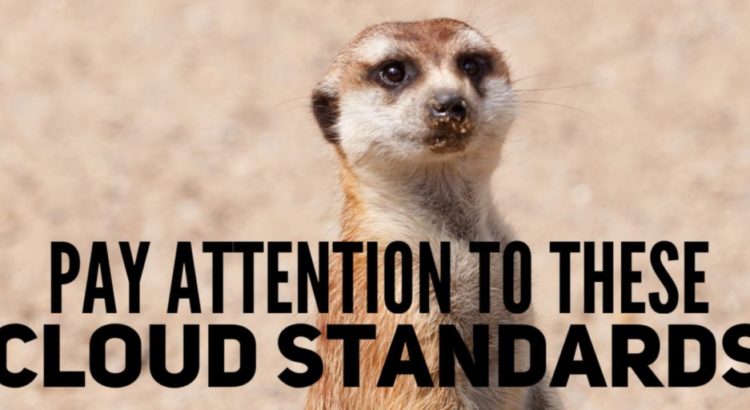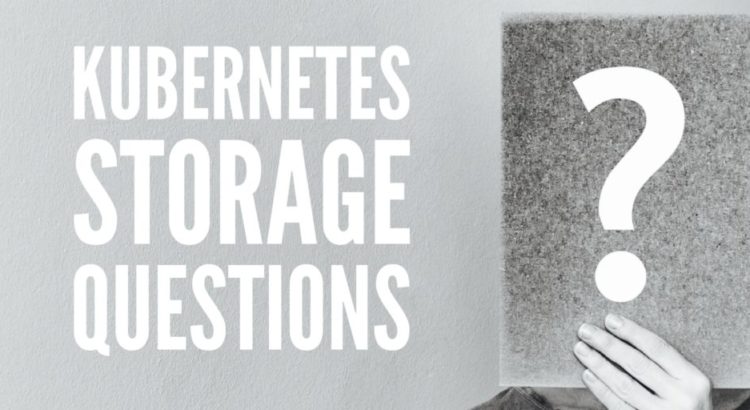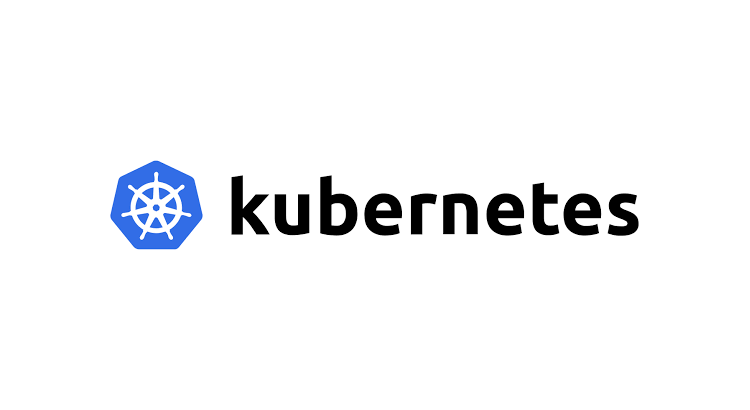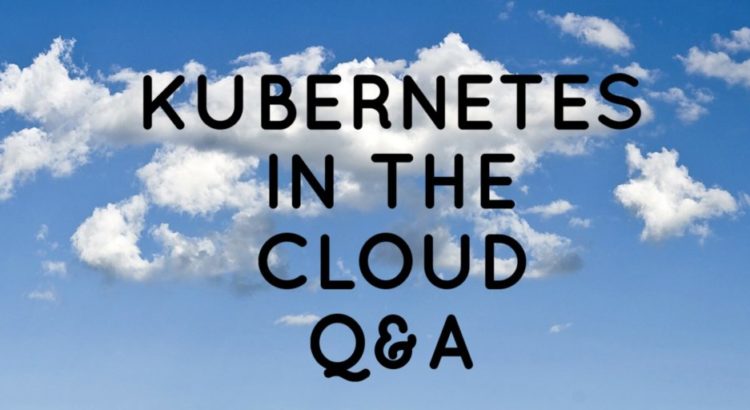As data growth in enterprises continues to skyrocket, striking balance between cost and scalability becomes a challenge. Businesses face key decision on how to deploy their cloud service, whether on premises, in hybrid cloud or in multicloud deployments. So, what are enterprise IT organizations supposed to do, given that ‘run anything anywhere’ is becoming more important than ever?
Find out on June 11, 2020, when the SNIA Cloud Storage Technologies Initiative will host a live webcast, “Storage Scalability in Hybrid Cloud and Multicloud Environments.” This webcast will help architects and consumers of hybrid cloud and multicloud storage solutions better understand:
Read More